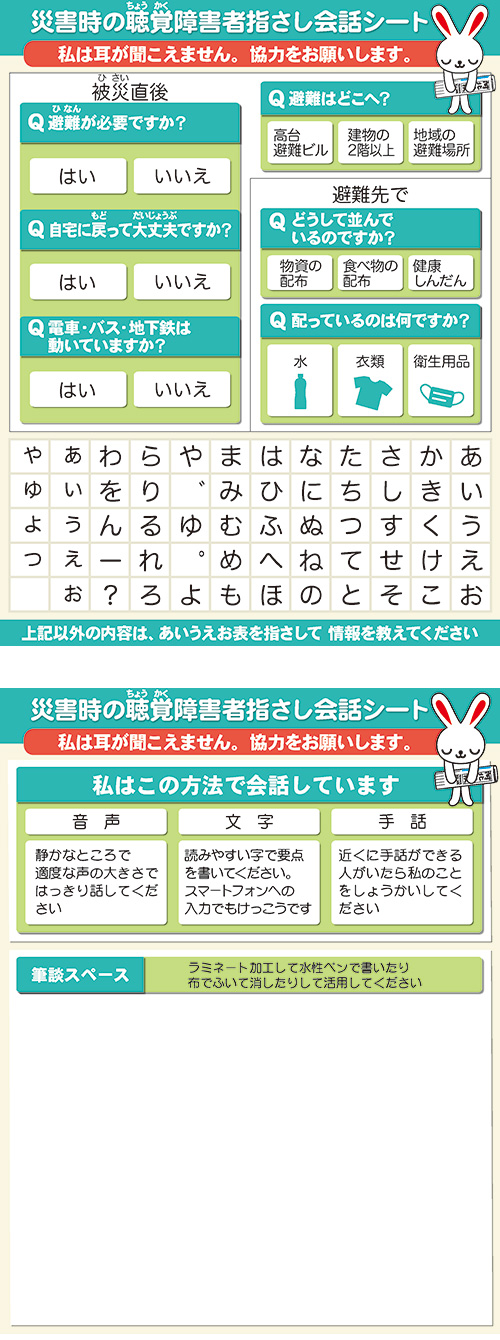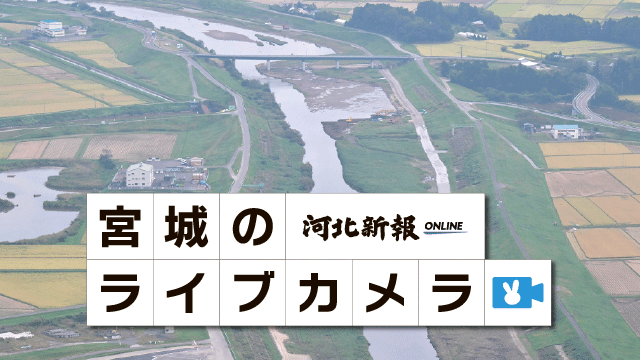Part 3: The Uncertainties of Evacuating by Car (3-End) Traffic Regulation / City Highways, Confused




Even on regular days, the highway is crowded with a high volume of traffic. During the Great East Japan Earthquake, many drivers unfamiliar with the area were caught in traffic congestion and swallowed by the tsunami. They did not notice the approach of turbid waters, obscured by rows of retailers and apartment buildings along the road.
Immediately after the earthquake, Shin’ichi Shoji (48), an office worker from Izumi Ward, Sendai City, was trapped in a traffic jam on National Route 45 in Yawata, Tagajo City. He was in the middle of driving back to his office in Sendai after meeting with a business client in Higashimatsushima City.
He noticed several pedestrians fleeing across the road. “What’s going on?” Immediately afterwards, he saw water flowing into the highway from a byroad.
The water continued to rise, lifting the car and carrying it away. He instinctively stepped on the brakes, to no avail.
After traveling a few hundred meters, the car was swept against a concrete block wall. Fortunately, the electric windows were still working. Shoji opened the widows and escaped out of the car.
While still caught in traffic, he had heard the car radio announcing that the tsunami had reached Sendai Airport. “Is this area also in danger?” Although anxious to escape, he did not know where the evacuation centers were.
Another hesitation prevented him from evacuating. The road, with only two lanes on each side, was packed with vehicles. “If I abandon my car, it would get in the way of others behind me.”
According to Tagajo City, 91 out of the 188 fatalities in the city were of non-residents. More than 30 bodies were found inside cars. The damage was concentrated on National Route 45, as well as the Sendai-Shiogama Line, Miyagi Prefectural Road (known as the “Industrial Road”), which runs closer to the sea.
Research by the MLIT (Ministry of Land, Infrastructure, Transport and Tourism) indicates that the daily volume of traffic on National Route 45 and the Industrial Road adds up to 76,000 vehicles. The City Disaster Reconstruction Agency sees this as the “heaviest traffic of all tsunami inundation zones in Iwate, Miyagi, and Fukushima Prefectures.”
In order to prevent this tragedy on the highways from recurring, the government began developing countermeasures.
When a tsunami warning was issued along the coast of Miyagi Prefecture on the afternoon of December 7, 2012, the MLIT decided to regulate traffic on National Route 45. The regulation took effect in the 20km between Matsushima Town and Miyagino Ward of Sendai City, Miyagi Prefecture, with Tagajo City in the middle. During the 2011 earthquake, 75% of the area was inundated by the tsunami.
Immediately after the warning, the Eastern Sendai National Route Maintenance Branch (Taihaku Ward, Sendai City) sent their staff by car to one area each in Matsushima Town and Miyagino Ward. They were supposed to prevent new traffic from entering the area, but the regulation only began an hour later.
Even the regulation area closest to the branch, Miyagino Ward, was around 6.5 km away in direct distance. Adding to the traffic on local roads, highway closures prevented the staff from arriving quickly on the scene.
The possibility of traffic regulation taking place under tsunami warnings was not widely known. Although the staff held up signs reading “Tsunami warning in effect,” calling for the use of detours, driver after driver ignored them.
Branch Manager Hidemi Taguchi admits, “There is a limit to what we can do without the support of policemen and others. Was it acceptable for us to let the cars through? Which areas should be restricted according to the scale of the tsunami? The answers are not easy to find.”
◎Companies open private roads / Contemplating how to alleviate traffic congestion
Companies have begun providing additional evacuation routes, in order to help alleviate city traffic congestion during disasters.
In Kamaishi City, 1040 people lost their lives from the earthquake. When a tsunami advisory was issued along the Pacific coast on February 6, 4 p.m., non-company vehicles streamed into the Nippon Steel & Sumitomo Metal Corporation Kamaishi Steelworks, using their private roads. Their factory stands in the middle of the city, flanked by mountains.
The only escape routes from the inundation zones near the city center are National Routes 283 and 45. Due to heavy traffic from reconstruction efforts, however, major traffic jams occur in the mornings and evenings.
After the city issued an evacuation advisory, Kamaishi Steelworks opened its private roads according to plan, starting with the eastern gate facing National Route 283.
On the day of the 2011 earthquake, vehicles in front of the factory were also swallowed by the tsunami. During the February 6th advisory, Kamaishi City police guided vehicles to the Nakazuma gate located 2km away from the factory, leading them as far away from inundation zones as possible.
The Kamaishi Police regulated traffic at two areas in the city center, preventing traffic from entering the inundation zones. By manually operating the traffic signals at five points on National Route 283, they created a faster flow of vehicles moving inland.
This was the human-wave tactics that they had planned so carefully after the 2011 earthquake. It was popular among the residents, who noted the smooth flow of traffic in the inundation zones.
The expressions of the officials, however, remain clouded.
“It would be difficult to implement these tactics unless there is ample time before the tsunami waves arrive,” says Katsuaki Shin’ie, Deputy Chief of the Kamaishi Police. Kamaishi Steelworks also recocunts, “There was a huge traffic jam on our company roads, and we felt that there is no easy solution.”
During the tsunami advisory on February 6, only five municipalities in Iwate Prefecture, including Kamaishi City, issued an evacuation advisory.
Yoshikatsu Yamazaki (59), Kamaishi City Crisis Management Inspector, believes that repeatedly issuing evacuation advisories and traffic restrictions could help “evacuation culture” permeate into community life. “As a general rule, evacuate on foot. I would like people to understand from experience that road conditions make this area prone to traffic congestion, and it is safer to walk instead.”
In the three prefectures of Iwate, Miyagi, and Fukushima, there are around 80,000 vehicles that were damaged by the 2011 tsunami and waiting to be dismantled. This indicates the extent to which regional communities rely on cars in daily life.
Naoya Sekiya, Associate Professor at Toyo University (Disaster Sociology) and knowledgeable on vehicle evacuation, calls for realistic countermeasures to be established. “It is necessary to zone areas that would always have traffic congestion during disasters, and to prepare structures such as evacuation buildings.” He points out the difficulties of controlling evacuation by car.
If people carelessly take vehicles, the roads could easily go over capacity. Would escaping in cars truly protect lives? Only by questioning this individually could we make use of the lessons from the disaster.
(“Preserve Lives and Communities” Investigation Team)
【Photo03】National Route 283, running through the Kamaishi City center and busy with a constant stream of vehicles. When the tsunami advisory took effect in February, the Nippon Steel & Sumitomo Metal Corporation Kamaishi Steelworks opened its private roads to the public.
Translated by Anna Wada
February 27, 2013 (Wed.)
[Japanese] http://www.kahoku.co.jp/special/spe1114/20130227_01.html
 朝刊・夕刊
朝刊・夕刊 記事を探す
記事を探す FAQ
FAQ















